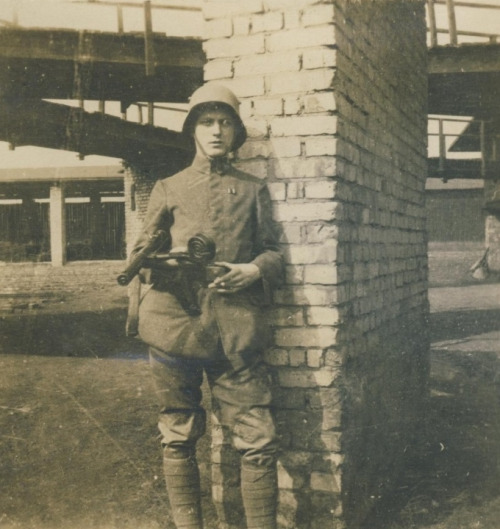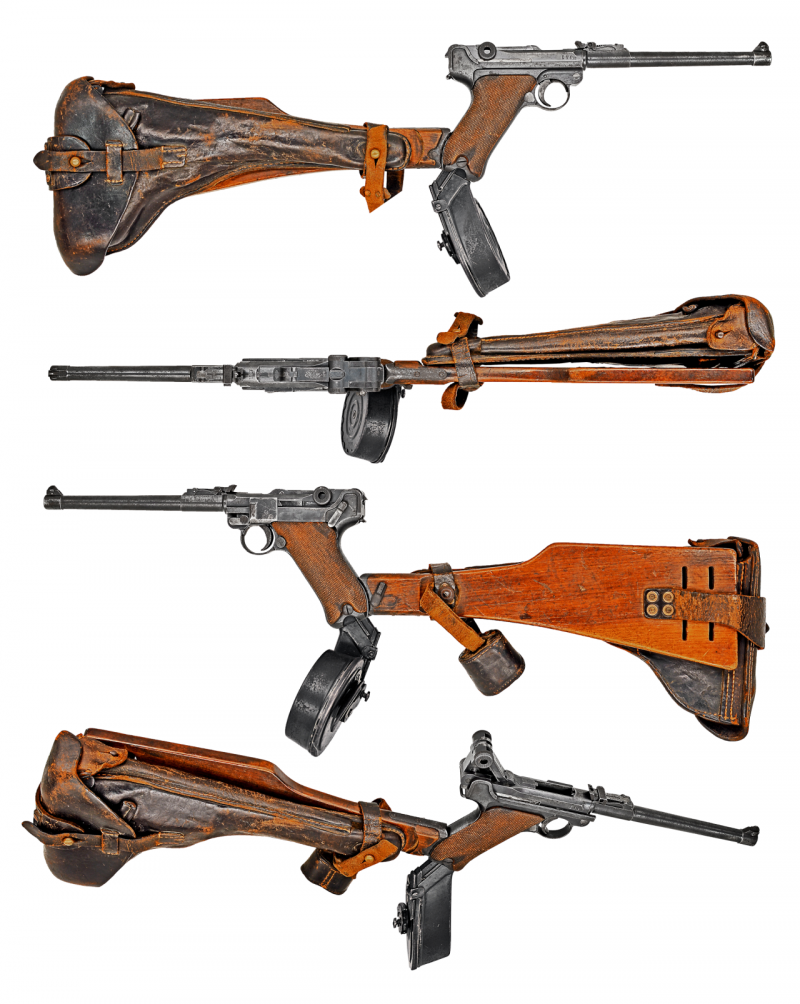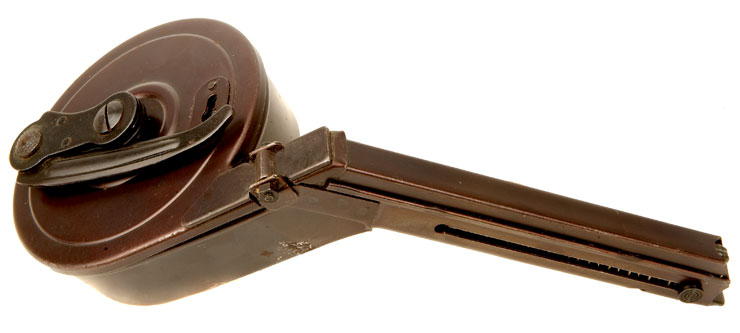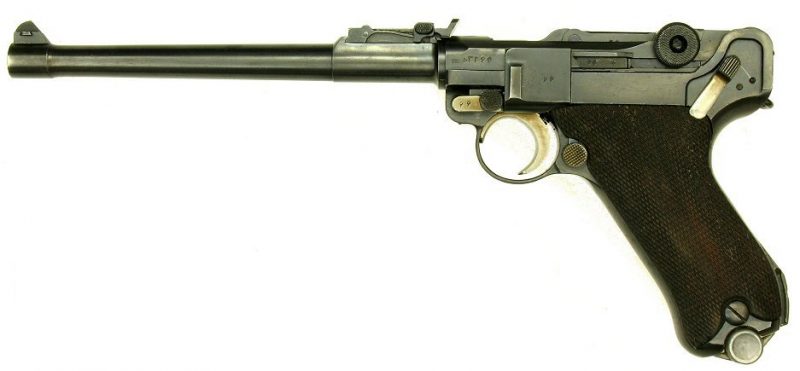Fue una demostración de la artilleria en India.
Estás usando un navegador obsoleto. No se pueden mostrar estos u otros sitios web correctamente.
Se debe actualizar o usar un navegador alternativo.
Se debe actualizar o usar un navegador alternativo.
Un par de fotos para compartir < fotos >
- Tema iniciado Lukaz
- Fecha de inicio
Hola heisenberg!!!!
impresionante la movilidad de esos obuses de 155 indios......!!!
Tambièn impagables los saltitos de "bala" de los soldados ejemmmm.............
abrao,
merchant
impresionante la movilidad de esos obuses de 155 indios......!!!
Tambièn impagables los saltitos de "bala" de los soldados ejemmmm.............
abrao,
merchant
Beretta 951
futuro licenciado en historia
me suena mas que son suecos jejejejejjejeHola heisenberg!!!!
impresionante la movilidad de esos obuses de 155 indios......!!!
Tambièn impagables los saltitos de "bala" de los soldados ejemmmm.............
abrao,
merchant
U.S. soldiers fire projectile 155-mm rounds during Foal Eagle 2015, a training exercise, on Rodriguez Live Fire Complex, South Korea

¿¿¿155??? ¿Stryker?
¿Esto de abajo no es el M1128 Stryker Mobile Gun System? ¿Y no es igual al de arriba? ¿Donde están los 50mm que faltan?

ConfundidosSaludos
¿¿¿155??? ¿Stryker?
¿Esto de abajo no es el M1128 Stryker Mobile Gun System? ¿Y no es igual al de arriba? ¿Donde están los 50mm que faltan?

ConfundidosSaludos

fepago
Colaborador
tendrá el cartel guardado? sus descendientes al menos?Un soldado estadounidense sustituye "Adolf-Hitler-Str." por "Roosevelt Blvd." en Berlín, Alemania, 1945.

El sitio exacto donde izaron la bandera en IWO JIMA..............






LUGER LANGE PISTOLE 08 WITH TROMMEL MAGAZINE

LUGER LANGE PISTOLE 08 WITH TROMMEL MAGAZINE
The Lange Pistole 08 or Artillery Luger was approved for service in June 1913 and went into production in 1913, with an initial order of 75,000 made, only 23,000 had been made by the Small Arms Factory at Erfurt by the outbreak of the First World War. The production of the long barrelled Lugers was moved to DWM where between 1914 and 1918 nearly 175,000 pistols were made.
Famously the Artillery Luger has a number of additional features when compared to the original P.08 Luger. With a 190mm long barrel, almost double the length of the standard issue Luger and a rear tangent sight graduated out to 800m. When combined with its accompanying wooden stock the weapon was intended to act as a personal defence weapon for artillerymen and machine gun crews who could not be encumbered with rifles. They were also well liked by German airmen during the early phases of the war.
C&Rsenal run a LP.08 and a Trommel Magazine through its paces
Following complaints about the standard 8-round magazine capacity an improved drum magazine which became known as the Trommelmagazin was developed. This 32-round magazine was developed by Friedrich Blum an Austro-Hungarian. The new magazines were manufactured by the German toy manufacturer Gebrude Bing AG of Nuremberg. Colloquially known as the ‘snail magazine’ they were also adapted to be used by the MP18 submachine gun.

German stormtrooper with an MP18 and Trommelmagazin (source)

The Luger pictured above (see image #1) combines the Trommelmagazin with the Artillery Luger’s wooden shoulder stock. Nearly 1 million snail magazines were made before the end of the war.

Both the MP-18 and the Artillery Luger proved popular with German Stormtroops (Sturmbataillone) as they offered high magazine capacity in a compact package. The Lange Pistole 08 continued in service after the war remaining in service with the Weimar Republic’s military and later the Nazi Wehrmacht.
Sources:
Image One Source
Image Two Source
Image Three Source
The Ultimate Luger, Guns & Ammo, P. Schreier (source)
Military Small Arms of the 20th Century, I.V. Hogg & J. Weeks (1985)
 Matthew Moss is a British postgraduate student specializing in military history and small arms. He also runs historicalfirearms.info, a site that looks at the history, development and use of firearms as well as wider military history. Follow him on twitter.
Matthew Moss is a British postgraduate student specializing in military history and small arms. He also runs historicalfirearms.info, a site that looks at the history, development and use of firearms as well as wider military history. Follow him on twitter.

LUGER LANGE PISTOLE 08 WITH TROMMEL MAGAZINE
The Lange Pistole 08 or Artillery Luger was approved for service in June 1913 and went into production in 1913, with an initial order of 75,000 made, only 23,000 had been made by the Small Arms Factory at Erfurt by the outbreak of the First World War. The production of the long barrelled Lugers was moved to DWM where between 1914 and 1918 nearly 175,000 pistols were made.
Famously the Artillery Luger has a number of additional features when compared to the original P.08 Luger. With a 190mm long barrel, almost double the length of the standard issue Luger and a rear tangent sight graduated out to 800m. When combined with its accompanying wooden stock the weapon was intended to act as a personal defence weapon for artillerymen and machine gun crews who could not be encumbered with rifles. They were also well liked by German airmen during the early phases of the war.
C&Rsenal run a LP.08 and a Trommel Magazine through its paces

German stormtrooper with an MP18 and Trommelmagazin (source)

The Luger pictured above (see image #1) combines the Trommelmagazin with the Artillery Luger’s wooden shoulder stock. Nearly 1 million snail magazines were made before the end of the war.


Both the MP-18 and the Artillery Luger proved popular with German Stormtroops (Sturmbataillone) as they offered high magazine capacity in a compact package. The Lange Pistole 08 continued in service after the war remaining in service with the Weimar Republic’s military and later the Nazi Wehrmacht.
Sources:
Image One Source
Image Two Source
Image Three Source
The Ultimate Luger, Guns & Ammo, P. Schreier (source)
Military Small Arms of the 20th Century, I.V. Hogg & J. Weeks (1985)

perros contra tanques. Una técnica a la que recurrieron los soviéticos durante la Segunda Guerra Mundial. La idea era colocar un chaleco con explosivos a un perro hambriento y adiestrarlo previamente para que corriese hacia los tanques enemigos, en este caso alemanes. Una vez el perro se situaba cerca del tanque un soldado con un detonador, hacía volar el chaleco destruyendo el tanque enemigo.


Por fin lo enganchamos al Grand PM
 bbufon
bbufon
Temas similares
- Respuestas
- 137
- Visitas
- 7K
- Respuestas
- 15
- Visitas
- 963
- Respuestas
- 249
- Visitas
- 12K
- Respuestas
- 12
- Visitas
- 2K
- Respuestas
- 312
- Visitas
- 19K









